Wander through a biblical odyssey of forgotten pagan gods, where ancient tales and divine rivalries beckon your curiosity.
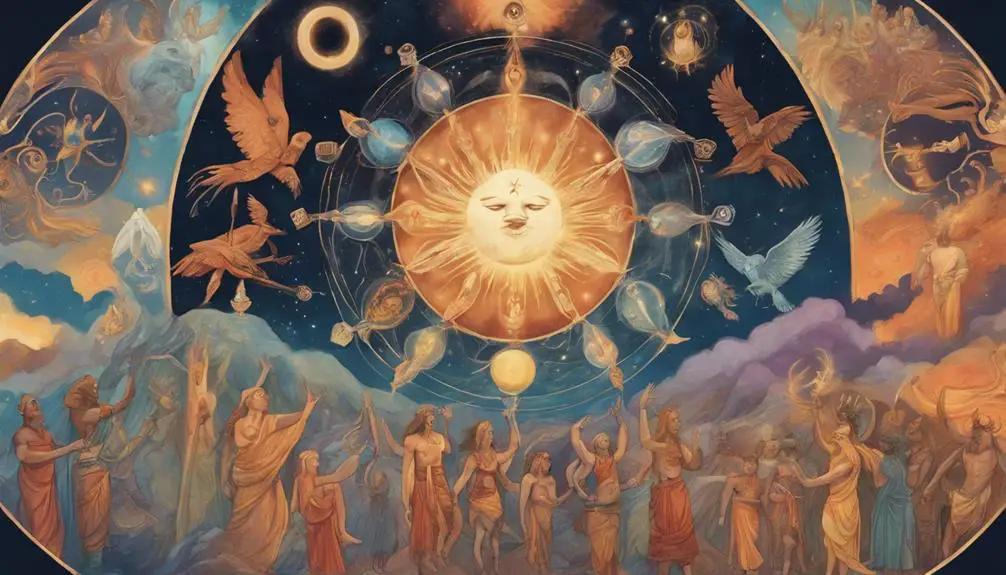
List of Pagan Gods in the Bible
Navigating through the Bible's passages is akin to traversing an ancient landscape dotted with the remnants of forgotten deities. You'll stumble upon names like Baal, the tempest that roared across Canaanite skies, and Asherah, the once-venerable Mother Goddess, rooted deep within the spiritual soil of the ancient Near East.
This list—featuring entities such as Dagon, Molech, and Chemosh—unveils a tapestry of belief systems that coexisted, and at times clashed, with the monotheistic worship of Yahweh. As you uncover these names and their stories, you'll find yourself at the crossroads of history and theology, where the echoes of ancient prayers still resonate, inviting you to explore further the complex interplay between faiths in biblical times.
Key Takeaways
- The Bible mentions Baal, a god whose worshipers often clashed with Israelite monotheism.
- Asherah, a Mother Goddess, was venerated for her associations with fertility and motherhood in the biblical narrative.
- Dagon, a fertility deity, is known for his symbolism of grain and sea dominion within biblical texts.
- Molech is highlighted in the Bible for the controversial practice of child sacrifice linked to his worship.
Baal: The Storm God
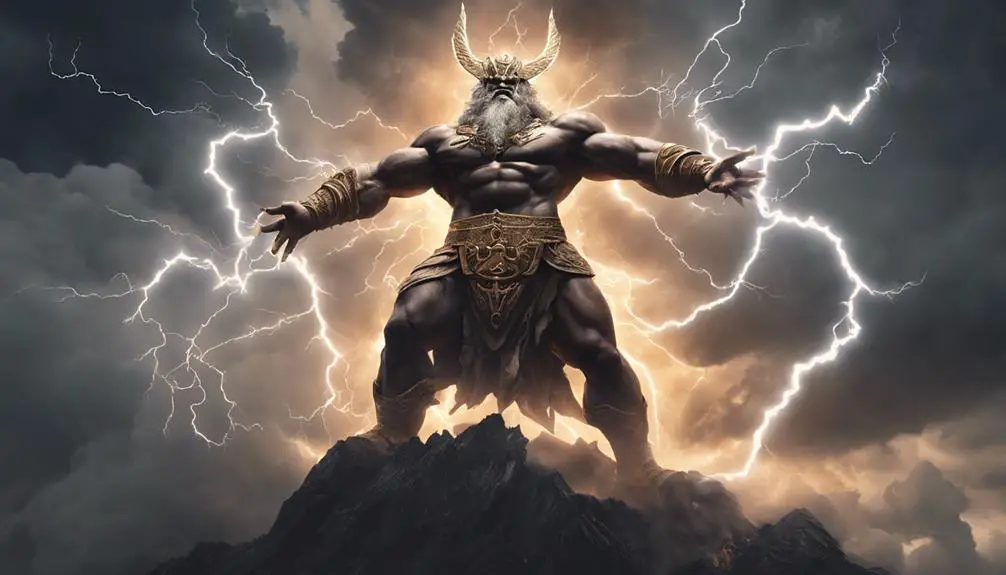
Among the numerous deities mentioned in the Bible, Baal stands out as a formidable storm god worshipped by various ancient cultures surrounding the Israelites. You'll find that Baal worship practices were deeply integrated into the religious and societal fabric of these communities, often involving elaborate ceremonies and sacrifices aimed at securing rain and fertility from this powerful deity. These practices, while central to the agricultural success and well-being of Baal's followers, were viewed with disdain by the monotheistic Israelites, leading to frequent conflicts.
Baal's adversaries in the biblical narrative are notably the prophets and followers of Yahweh, the God of Israel. These confrontations aren't merely religious disputes but also symbolize the clash between monotheistic and polytheistic worldviews. The most famous of these encounters is perhaps the dramatic showdown between Prophet Elijah and the prophets of Baal on Mount Carmel, a story that highlights the tension between the worship of Baal and the adherence to Yahweh. This conflict underscores the broader struggle over religious identity and fidelity in the face of pervasive external cultural and religious influences.
Asherah: Mother Goddess
In the pantheon of ancient deities mentioned in the Bible, Asherah stands prominently as the mother goddess, deeply revered across various cultures for her association with fertility, motherhood, and the natural world. Her significance isn't only theological but also sociocultural, shedding light on the spiritual and daily lives of those who worshipped her.
Asherah's worship practices were diverse, often involving sacred groves, poles, or trees symbolizing life and growth. These rituals underscored her role as a life-giver and protector, with communities gathering in natural settings to pay homage. The ceremonies likely included prayers, offerings, and possibly even symbolic enactments of her mythological narratives, emphasizing her nurturing and generative powers.
Her iconography further illuminates her esteemed status within ancient societies. Asherah was frequently depicted alongside lions or serpents, symbols of strength and wisdom, respectively. Such representations served not only as religious artifacts but also as cultural expressions of reverence toward the mother goddess. They also offered a tangible connection to the divine for her followers, reinforcing her role in ensuring fertility and prosperity.
Analyzing Asherah's worship practices and iconography provides insight into the complex interplay between religion, culture, and the environment in ancient times, highlighting her enduring influence across millennia.
Dagon: Fertility and Grain
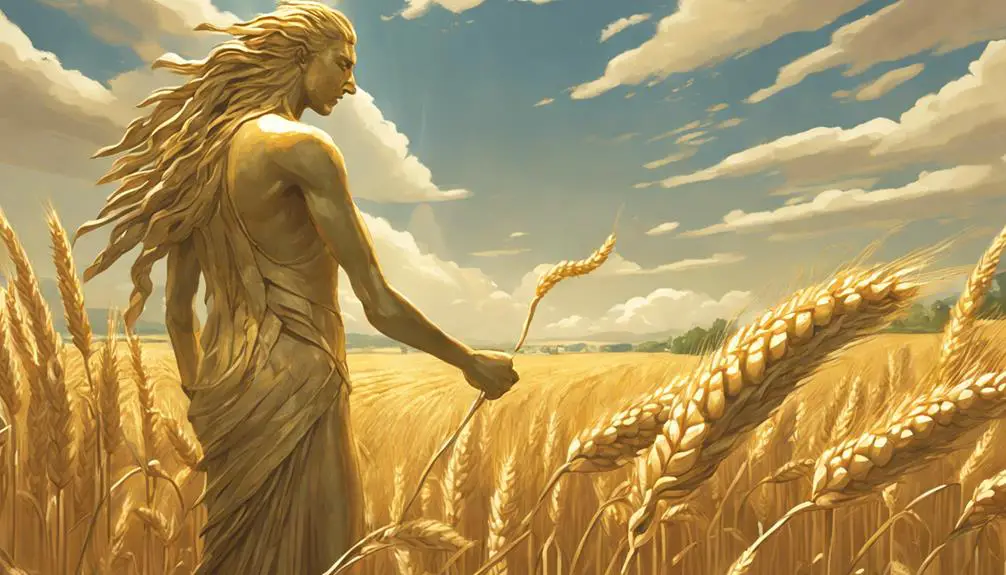
Shifting focus to Dagon, you'll find this deity primarily revered for his association with fertility and grain within ancient Near Eastern cultures. Dagon's iconography, often depicting him with a fish-like tail merged with a human torso and head, symbolizes his dominion over both the sea and the harvest. This unique representation underscores the ancient belief in Dagon's dual role as a god of fertility, ensuring bountiful crops, and as a protector of the waters, a vital resource for agricultural societies.
Worship practices dedicated to Dagon were deeply rooted in the agrarian cycle, aligning with the sowing and harvesting seasons. Ceremonies and rituals, aimed at securing Dagon's favor, typically involved offerings of grain and first fruits, reflecting his integral role in sustaining community life and prosperity. Temples dedicated to Dagon served as centers for these worship practices, where priests played a pivotal role in mediating between the deity and his followers. The annual cycle of agricultural festivals not only reinforced Dagon's importance in everyday life but also solidified his status within the pantheon of deities worshipped in the ancient Near East.
Molech: God of Sacrifice
Molech, an ancient deity associated with child sacrifice, commands a dark and complex history in the context of Near Eastern religions. This god, often depicted as demanding the ultimate sacrifice from his followers, sits at the center of the child sacrifice controversy, a deeply troubling aspect of ancient worship practices. Molech's historical worship practices bring to light the intersection of religion, power, and societal norms in ways that remain contentious among scholars.
To understand Molech's role and significance, consider the following points:
- Historical Context: Molech worship was primarily documented in ancient texts, including the Bible, where it was vehemently opposed. This historical context provides insight into the religious and ethical standards of the time.
- Child Sacrifice Controversy: The practice of sacrificing children to Molech is among the most disturbing elements of his worship. This controversy continues to spark debate regarding its prevalence and significance in ancient societies.
- Cultural Significance: Molech's worship reflects broader themes of sacrifice, power, and the divine right claimed by deities in ancient Near Eastern religions.
In exploring Molech's worship, one delves into a complex interplay of faith, morality, and the human condition, revealing the multifaceted nature of ancient religious practices.
Chemosh: Moabite Deity
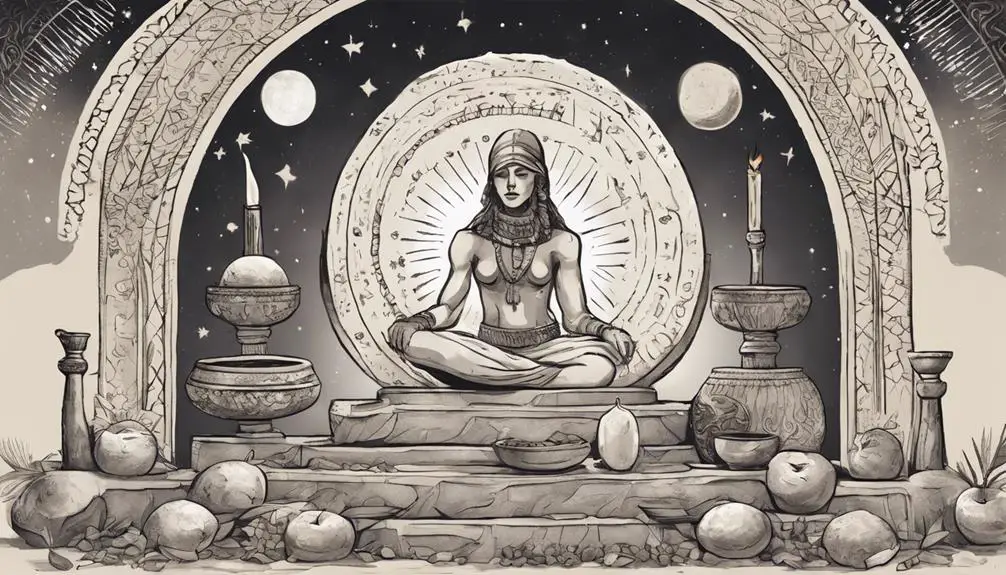
Chemosh, the primary deity worshipped by the ancient Moabites, presents a compelling figure in the study of Near Eastern religions and their intricate pantheons. You'll find that the worship practices dedicated to Chemosh were deeply integrated into the fabric of Moabite society, reflecting its significant cultural influence. These practices, often mentioned in biblical texts, offer a glimpse into the complex relationship between the Moabites and their neighbors.
Analyzing Chemosh worship practices, you encounter a system that includes rituals, sacrifices, and ceremonies, which underscored the deity's importance in Moabite daily life and governance. These activities not only appeased Chemosh but also served as a means for societal cohesion, reinforcing the Moabite cultural identity amidst a region fraught with diverse beliefs and practices.
The degree of Moabite cultural influence, facilitated through the veneration of Chemosh, highlights the deity's role beyond mere religious worship. It extended into political and social realms, emphasizing the intertwining of religion and state. This multifaceted role of Chemosh, as both a religious symbol and a political tool, illustrates the complexity of understanding ancient Near Eastern deities and the societies that revered them.
Frequently Asked Questions
How Did Early Christians Differentiate Between Worshiping Pagan Gods and the Veneration of Saints, Considering Both Practices Involve Figures Other Than the Abrahamic God?
Early Christians distinguished between worshiping pagan gods and venerating saints by viewing veneration as honoring the memory and virtues of saints. This practice was rooted in Christian martyrology, where saints were respected for their exemplary lives. They did not worship saints as deities, but rather revered them for their faith and good deeds.
The iconographic evolution played a crucial role in clarifying these distinctions. Christian symbols and narratives depicted saints in ways that highlighted their human achievements and divine favor, rather than portraying them as divine beings. This visual representation helped reinforce the idea that saints were to be honored and respected, but not worshiped as gods.
In What Ways Have Modern Interpretations or Representations of These Pagan Gods in Popular Culture Diverged From Their Original Biblical and Historical Contexts?
You've noticed that in the river of time, the waters of understanding have shifted. Modern interpretations, especially cinematic adaptations and video game portrayals, have often diverged significantly from original contexts.
These representations sometimes morph these deities into characters barely recognizable to their ancient worshippers. They're repackaged for contemporary appetites, blending historical elements with modern creativity.
This transformation reflects not just artistic license but also evolving societal values and interests.
How Do Modern Pagan or Neo-Pagan Movements View and Incorporate These Ancient Deities Into Their Belief Systems?
You're exploring how modern pagan or neo-pagan movements embrace ancient deities today. These groups often practice eclectic syncretism, merging elements from various traditions to form their unique spiritual paths.
Neo-pagan rituals frequently honor these deities, drawing from historical lore while adapting practices to fit contemporary beliefs and values. This approach allows for a personalized connection to the divine, reflecting a deep respect for ancient traditions within a modern framework.
What Archaeological Evidence Exists to Support the Historical Worship of These Gods Outside of Biblical References?
You're exploring the archaeological evidence supporting the historical worship of ancient deities.
Artifact dating has played a crucial role in this pursuit, revealing objects and inscriptions that directly point to the veneration of these gods.
Additionally, evidence of cultural syncretism, where different religious practices and beliefs merged, further corroborates the worship of these deities outside of biblical narratives, providing a more nuanced understanding of ancient religious landscapes.
How Have Scholars Reconciled the Presence and Acknowledgment of These Pagan Gods in the Bible With the Monotheistic Principle Central to Judaism and Christianity?
You might find it intriguing how scholars tackle the acknowledgment of pagan gods within a monotheistic framework. They often turn to textual adaptation and comparative mythology as tools.
Through these lenses, the presence of these deities is seen not as a contradiction but as an evolution of religious understanding. This approach helps reconcile the seemingly polytheistic elements with the core monotheistic principles of Judaism and Christianity, offering a nuanced perspective on ancient religious texts.
Conclusion
In examining the spiritual tapestry of ancient narratives, it's clear that the Bible doesn't shy away from acknowledging the divine competitors of its central deity. From Baal's thunderous presence to Asherah's nurturing embrace, Dagon's bountiful gifts, Molech's grim demands, and Chemosh's distinct identity, these figures offer a rich, albeit controversial, pantheon.
Their inclusion underscores a complex interplay of faith, culture, and politics, revealing the nuanced ways in which divine narratives were woven into the fabric of ancient societies.

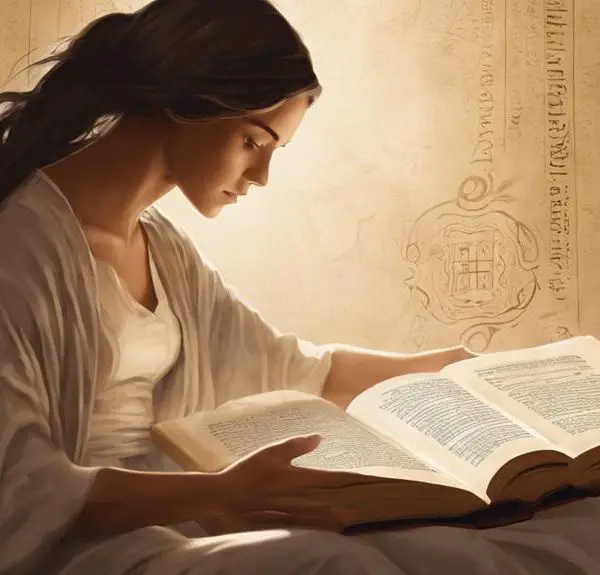
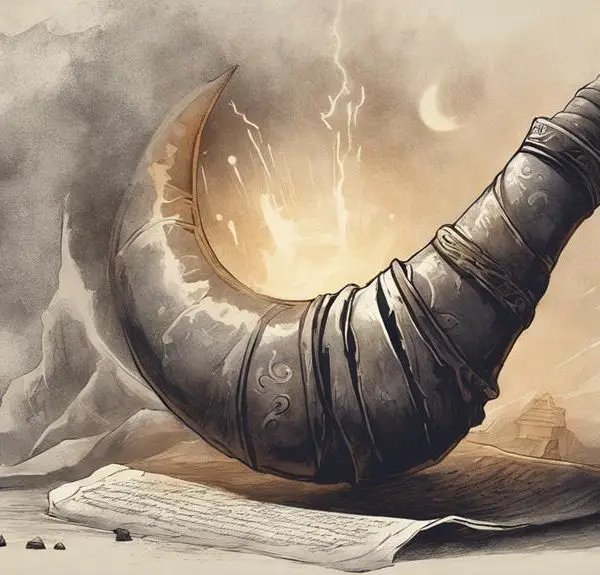
Sign up